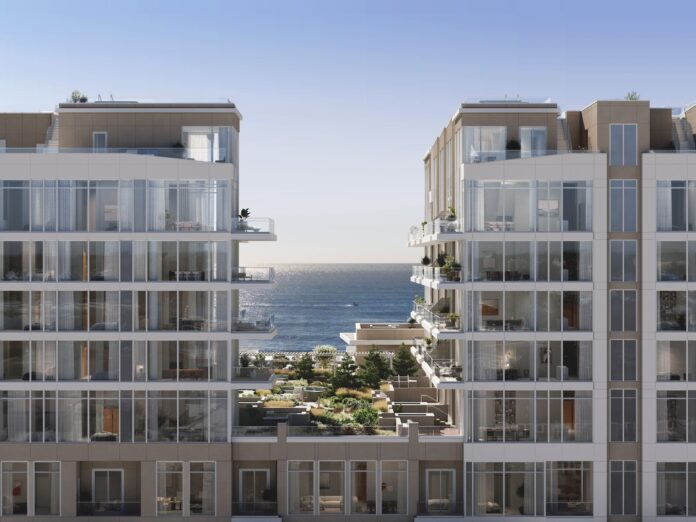New Jersey’s real estate landscape is entering a new chapter as national forecasts point to a meaningful rebound in home sales and gradual, sustainable price appreciation. While every housing market has its own local rhythm, the latest projections for 2026 are expected to shape buyer behavior, seller expectations and inventory movement across the Garden State. Recent trends already show New Jersey outpacing national averages in price growth, driven by demand that remains remarkably resilient.
Industry analysts anticipate that New Jersey will continue to see home values rise at a controlled but healthy pace—estimated between 2% and 4% annually through 2026. This more moderate appreciation stands in contrast to the double-digit surges seen during the pandemic boom but still reflects the state’s strong economic fundamentals. Persistent inventory shortages, combined with robust employment in sectors such as technology, medicine, finance and biopharma, continue to fuel competitive conditions in many communities.

Mortgage rates, while still higher than historic lows, are expected to gradually ease during the 2026 cycle, opening the door for more buyers who have been sidelined by affordability concerns. As national sales volume strengthens, experts expect activity in New Jersey to follow suit. Homes are taking slightly longer to sell than during the peak market frenzy, yet well-maintained and appropriately priced properties in desirable neighborhoods continue to attract fast-moving offers.
One of the most powerful forces shaping New Jersey’s real estate market remains the steady migration from New York City. With rental and ownership costs in Manhattan, Queens and Brooklyn stretching household budgets, tens of thousands of residents have crossed the Hudson in search of more space, attainable pricing and access to commuter rail. This movement has been especially pronounced in northern and central New Jersey, strengthening demand in cities like Jersey City and Hoboken, as well as transit-friendly suburbs throughout Bergen, Essex, Union and Middlesex counties.

This inflow of buyers, combined with limited new construction and many homeowners choosing to stay put rather than relinquish their low pre-rate mortgages, has kept inventory well below the six-month supply needed for a balanced market. As a result, even as conditions slowly normalize, sellers still maintain an advantage—particularly in high-demand counties such as Bergen, Monmouth, Essex and Morris. Simultaneously, lifestyle-driven markets along the Jersey Shore and in areas like Atlantic City have seen continued appreciation thanks to second-home buyers, investors and remote workers seeking year-round flexibility.
Economic performance has also fortified New Jersey’s housing market. The state’s deep bench of high-paying jobs provides a cushion for many buyers who remain active despite rising costs. This dynamic has allowed New Jersey to outperform the nation in price stability and attract professionals who prioritize proximity to major employment hubs.
National projections for 2026 paint an optimistic picture as well. Economists anticipate a double-digit increase in existing home sales, alongside rising new-home sales and a national price increase of about 4%. Though national forecasts vary, most point toward a more confident and balanced market, setting the stage for a smoother experience for both buyers and sellers. Across the U.S., the strongest gains have been seen at the upper end of the market, while first-time buyers continue to face obstacles, from high rents to student loan burdens.
The Garden State reflects many of these patterns: higher-income and equity-rich buyers remain active, while affordability challenges continue to shape the experience of new entrants. This divide has created a transitional moment for New Jersey, where the feverish pace of past years has cooled but fundamentals remain strong, keeping demand elevated and prices on an upward trajectory.
For readers following the evolution of New Jersey’s property landscape or considering their own next move, Explore New Jersey continues to offer in-depth coverage and insights, including the latest developments throughout the state’s dynamic real estate market.
As the state moves closer to 2026, all indicators point to a housing market defined by stability, strategic growth and continued interest from both longtime residents and newcomers seeking their place in New Jersey’s vibrant communities.











